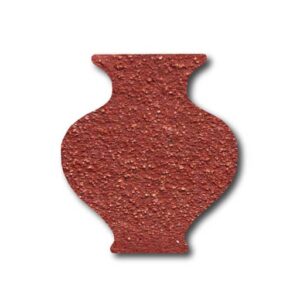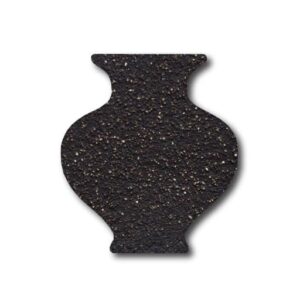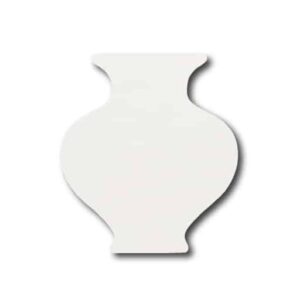What general skills & techniques do you use ? (eg., throwing etc.,) ?
I predominately use hand building skills and techniques to create my work, this can range from coiling, slab building, pinching and hand manipulation of the clay. I sometimes use the potter’s wheel as a tool, and I have been known to make ceramic vessels for home use.
Tell us about your experience and knowledge
Where have you studied and learnt your skills
My ceramics journey started as a child, we had a menagerie of creatures at home in my formative years, and I would be as happy with a lump of clay sculpting dogs, seals or whatever was around as I was riding my push bike around the village and local woods. I started my ceramics education in 1989 with A-Level pottery, then progressing through to HND & Degree at North East Wales Institute (Now Glyndwr University, Wrexham). I returned to education as a mature student, and completed my Masters in Ceramics in 2016 at University of Central Lancashire.
How long have you been a potter
Since graduation from my degree in 1997, I have been professionally engaged with ceramics in one way or another. My first employment was with Craig Bragdy design in Denbigh, North Wales, where I was part of a team making large scale ceramic wall murals and swimming pool bases, I then moved to Lancashire where I worked for a short time in the architectural ceramic department of Shaw’s of Darwen (now Darwen Terracotta). Soon after this I secured a post in Higher Education where I worked until 2012 before becoming a self-employed creative professional.
Who has inspired you along the way
I have been extremely fortunate to have had some very inspiring tutors during my time in education. As an undergraduate I was particularly inspired by makers such as Michael Flynn and Susan Halls. I find ceramics a constant source of inspiration, and it’s always inspiring to see new makers emerging, with new approaches to ceramics.
Explain your work.
Processes involved eg., clays used, firing range etc.
For very large pieces I have used paperclay, this has lots of benefits in terms of weight of finished work, and is very forgiving during the firing process. My more recent work, Including the large Chess set that I made as part of my Master’s Degree, I used Scarva’s PF670 Textured Black and PF 700G White Stoneware. I make using a variety of techniques ranging from slab building, coiling and general hand building techniques, my most recent work I have been using the wheel to form plinths for the animals. I tend to high bisque at around 1100 degrees, and then high fire to 1260. Although I admire beautiful glazes, I prefer to leave my work predominantly unglazed, and use slips for colour. Clay is such a direct material, it memorises everything that happens to it, and those marks subtly convey the energy of the piece. Some of my work is finished by grinding and polishing the surfaces with water cooled diamond pad polishing equipment, this provides a contrast of surface textures.
What has been your proudest piece that you have produced and why.
I think the piece of work that I am most proud of is ‘Kecske’ (meaning ‘Goat’ in Hungarian), This piece is in the International Ceramics Studio Collection in Kecskemét in Hungary. It marked a pivotal point in my practice, as it was one of the first stoneware pieces that I felt was successful, I’m very proud that I was invited to donate it to the collection.
What are your future ambitions ?
My ambition for the future is to continue making and developing my practice, and to continue exploring narratives and techniques to create original and exciting ceramic work.
Rob will be exhibiting his work at:
Earth & Fire 23rd-25th June, The Harley Gallery, Welbeck, Nottinghamshire
Ceramic Wales, Wrexham, Clwyd, 1st – 3rd September 2017
The Bluecoat Gallery, Liverpool, 2nd September – 7th October 2017
Visit their website: www.robparr.co.uk





